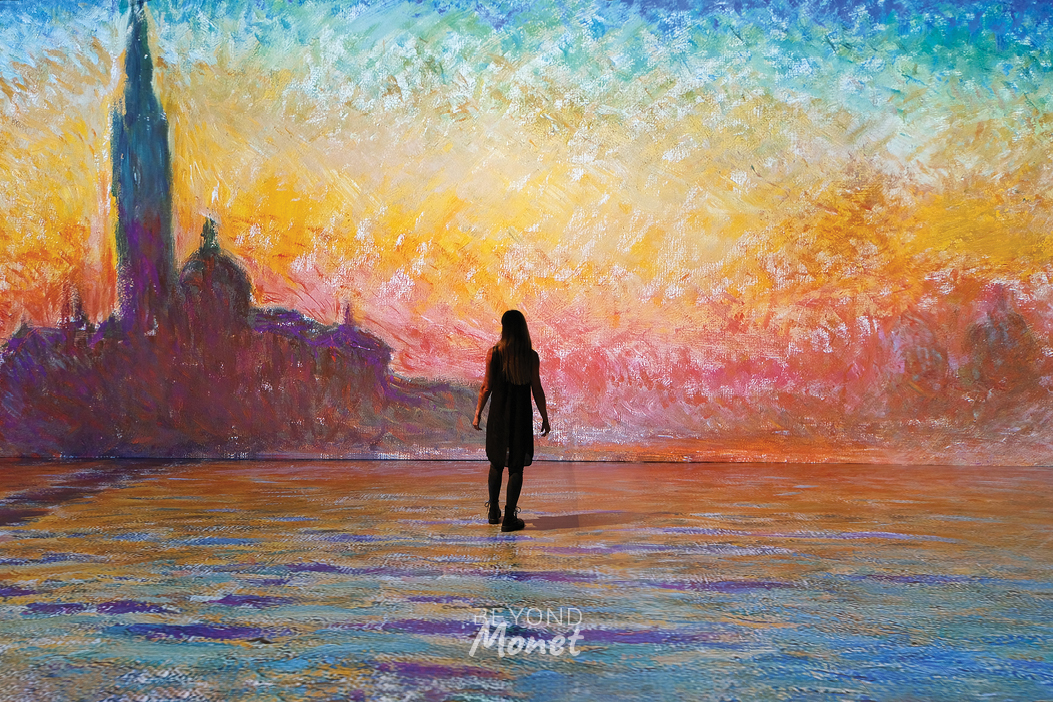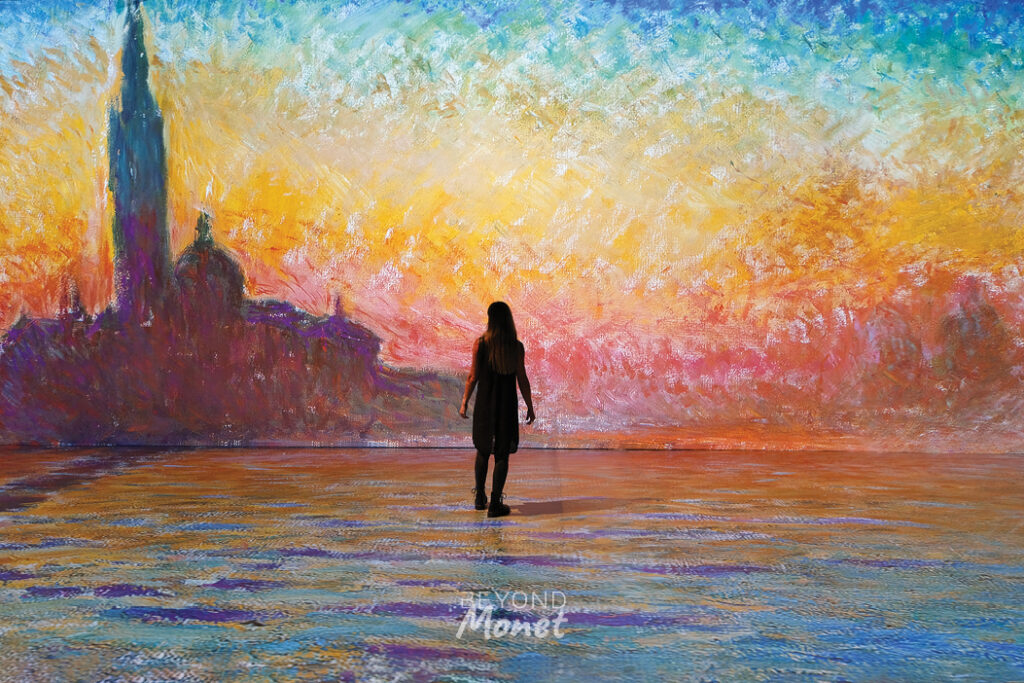
World premiere comes to Toronto
By Jordan Z. Adler
Claude Monet was an iconoclast. The French painter, known for his dazzling Impressionist works, once felt stymied by the standards of France’s art establishment. The Académie dictated that for one to work and live as an artist, the painter had to master a certain classical form. The subject had to be grand, like the myths of Greek and Roman culture.
Monet did not want to imitate works he considered formulaic, but his art was uniformly rejected by the elites. Frustrated, Monet jumped off a bridge into the Seine – and, thankfully, survived the fall. The Impressionist paintings that soon arrived on the scene – from Monet, Paul Cézanne and Pierre-Auguste Renoir, among others – created a stir. “They really punched in the door,” says art historian Fanny Curtat, adding that French society wasn’t ready for these new perspectives.
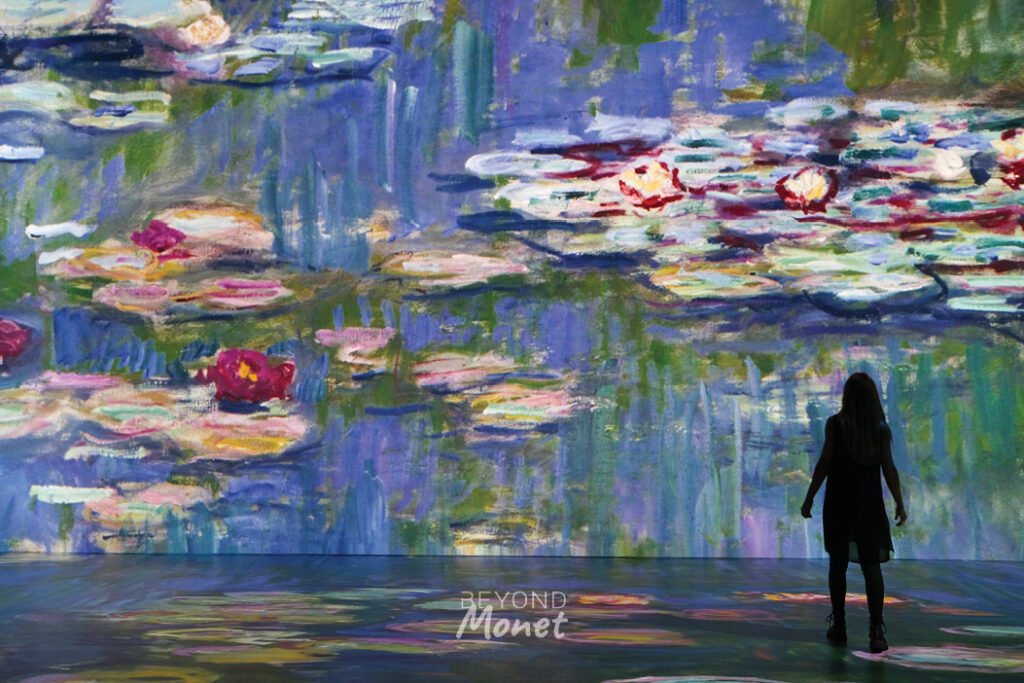
“You should see the caricatures of those days that were making fun of Impressionist paintings. Everybody was offended. They were thinking it was ugly, [the paint] was too thick, it was a flowery subject. It was nothing that was the grand idea of what painting was.”
Even the genesis of the term “Impressionism” itself is tied to one of Monet’s paintings, “Impression, Sunrise,” unveiled in 1874 and set at the port of Le Havre.
For Beyond Monet, a new exhibition having its world premiere in Toronto this summer, the creators are drawing upon their subject’s defiance. Set to open at the Metro Toronto Convention Centre, this “immersive experience” aims to expand the way one sees the most iconic works from the French Impressionist.
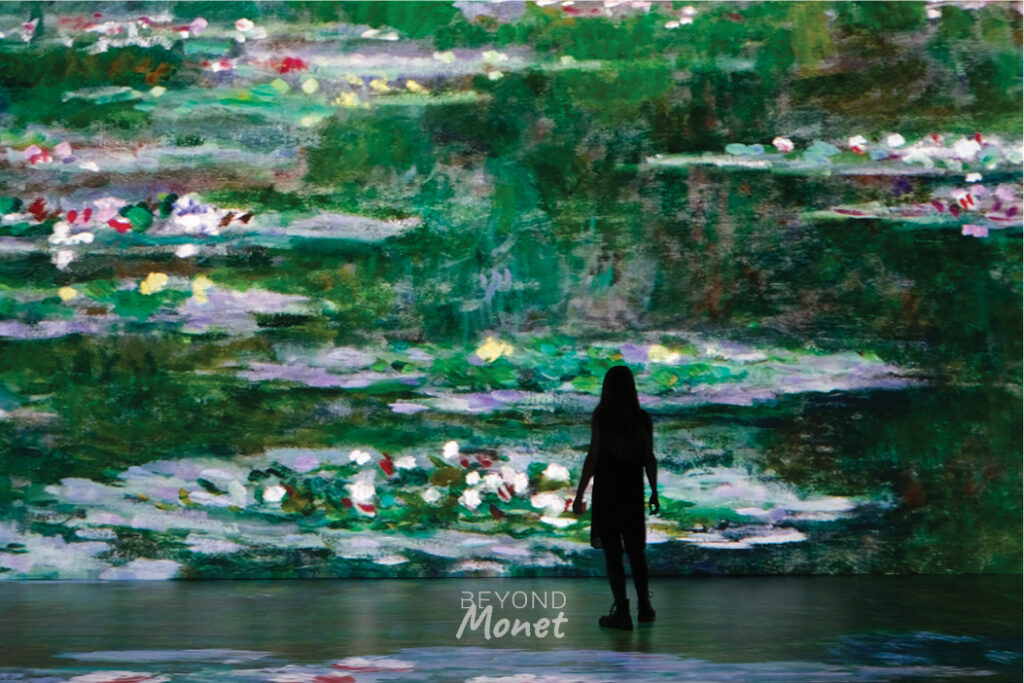
Co-created by the multimedia artists at Montreal’s Normal Studio, the exhibition will enlarge and enhance Monet’s art through projections, while creating a “cinematic” experience through music and sound design that complement his work.
“We want to steer away from the [mode of the] museum,” says Mathieu St-Arnaud, creative director of Normal Studio. “We’re using the [digital] tools that we have and the freedom to create these different physical spaces where you would have light, sound…music with a piece of art.”
Visitors will have the ability to go “beyond the frame” and walk through the paintings. The point of these audiovisual expansions is to have guests experience these works in a refreshing way, enlivening works that are already bursting with vibrancy and colour.
Adapting the original works may furrow the brows of art purists, but St-Arnaud and Curtat, working in collaboration, explain that these radical shifts evoke the defiant artist at its centre.
“Everything that’s a little bit new to the scene always takes a little bit of getting used to,” Curtat says.
“I don’t see these types of projects and experiences as something that’s in opposition to the museum. To me, it’s something that compliments it. It allows people to step into this world through a door that, maybe, they are more comfortable with than the museum door, which can be intimidating. It’s more about creating some sort of bridge between these worlds.”
One of those proposed bridges is setting the beauty of Monet’s most iconic works to a contemporary soundtrack. It would be easy for St-Arnaud and his team at Normal to prepare a musical score specific to the late 19th and early 20th centuries, when Monet thrived. But that wouldn’t be daring enough, and could go against the spirit of, in St-Arnaud’s words, “exploding” the canon. The exhibit’s audio design is meant to amplify the viewer’s emotional response to Monet’s art.
“There is a big difference between a good anachronism and a bad one,” Curtat says, “and music…very easily creates this dialogue between us and, in this case, a past object. Music moves you without using words, just like painting should.”
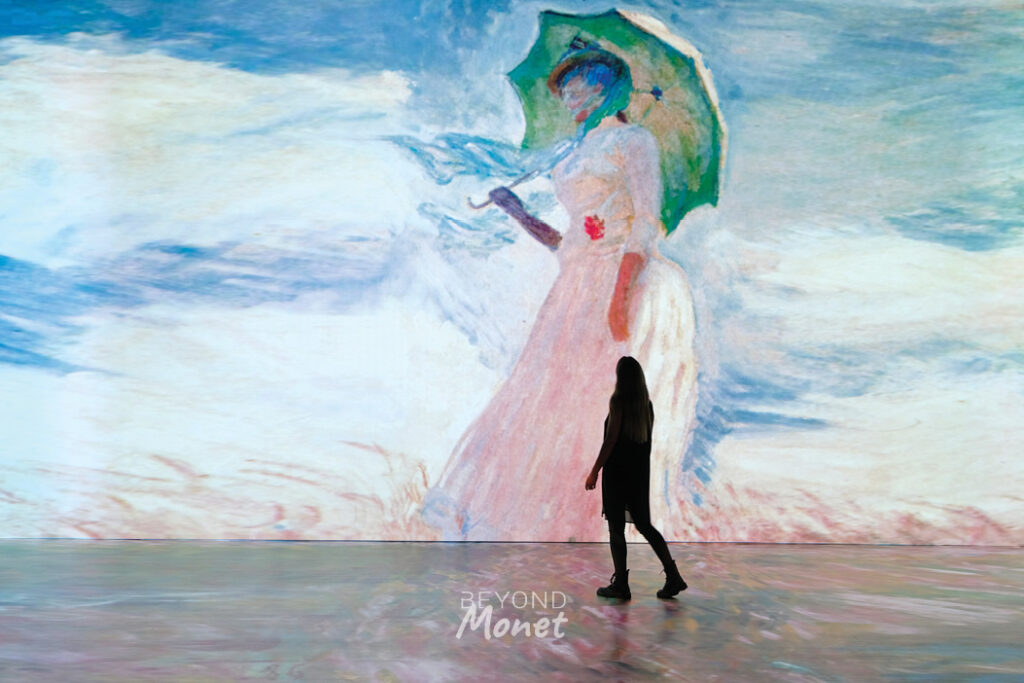
Born Oscar-Claude Monet, the French Impressionist is revered for his en plein air (outside) paintings. Many of his most notable achievements – featuring stacks of wheat and a pond of water lilies – were painted in and near Giverny, the village in northern France where Monet spent his last four decades. Those signature paintings of water lilies were also framed in a way that was meant to be immersive, Curtat says. Monet’s canvases were enormous: he even made his studio bigger to accommodate their size. “He intentionally made something so big, without any sort of border,” Curtat says. “You’re literally drawn into this world.”
Curtat and St-Arnaud have collaborated on a similar immersive, art-oriented event before. Their multimedia show on Vincent van Gogh is currently touring Miami, and will open in other U.S. cities this summer. St-Arnaud says he expects Beyond Monet will replicate a similar path soon after the Toronto premiere.
Due to the realities of physical distancing, the Toronto exhibition will only admit a certain numbers of patrons per half-hour, although the 50,000 square-foot space will give guests room to spread out. Masks will also be required for the hour-long show. Meanwhile, one dollar from each ticket will go to the Black, Indigenous, and People of Colour (BIPOC) Fellowship. This initiative, launched in 2020, aims to help BIPOC workers in Canada’s gallery, library, arts, and museum (GLAM) sectors, as well as lead to mentorship opportunities.
Monet’s affinity for nature and colour should fit the exhibition’s summer launch, while bringing splendour into the lives of those starting to wade back into the outside world after more than a year of isolation. “We need to find the awe of our surroundings, of day-to-day-life, leisurely things,” Curtat says about the appeal of Beyond Monet. “You have these big, open landscapes, [made] even bigger and in an immersive space. It’s the kind of stuff that we need right now.”
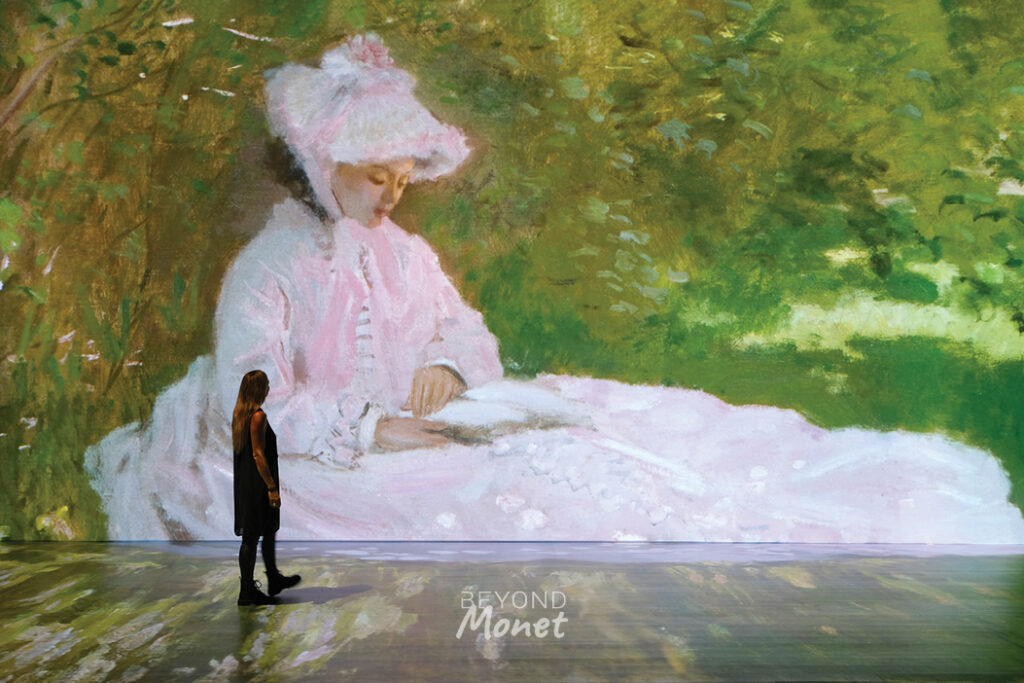
Beyond Monet is now open. For more information and to purchase tickets, visit MonetToronto.com.

